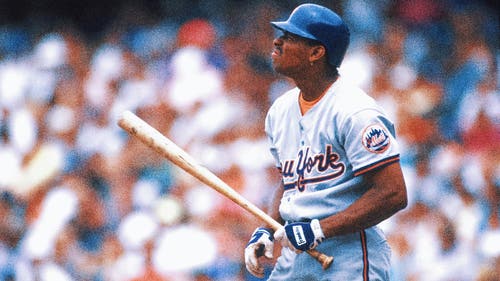
PED bans hang over deadline deals
The trade amounted to a snapshot of baseball in 2013.
The Boston Red Sox used their financial might and depth of infield prospects to land right-hander Jake Peavy.
The Chicago White Sox dumped the nearly $20 million remaining on Peavy’s contract and added young talent with upside.
And finally, the Detroit Tigers guarded against the expected suspension of their shortstop, Jhonny Peralta, by adding a defensively gifted young replacement, Jose Iglesias.
Call it the Peavy trade. Or call it a Biogenesis Trade.
Money, drugs, prospects — yessir, that pretty much sums up baseball in 2013.
Like all trades, this one is fascinating from many angles, and all the more intriguing because it involves three teams.
What it means for each club:
RED SOX
More than one rival executive thought the Sox got off easy in landing Peavy from the White Sox and reliever Brayan Villarreal from the Tigers — and parting only with Iglesias and three lower-level prospects.
Iglesias, 23, is a brilliant, electric defender, but his 231 plate appearances in the majors this season include 24 infield singles and a .787 OPS fueled by a .377 batting average on balls in play.
Iglesias’ .244/.296/.292 batting/on-base/slugging line in 916 minor-league plate appearances might be a better indication of his true offensive ability. And let’s not forget, the Sox have a better shortstop prospect coming, Xander Bogaerts.
As one rival exec noted, unhappily, “The Red Sox parlayed two lucky months from Iglesias into Jake Peavy.”
The Red Sox rotation already includes right-handers John Lackey and Ryan Dempster and lefties Jon Lester and Felix Doubront — and, if he ever recovers from a neck strain, right-hander Clay Buchholz. Peavy will make the group that much more formidable. Villarreal, the reliever going to the Sox, has struggled this season after excelling a year ago.
The Red Sox assumed the entirety of Peavy’s contract — nearly $5 million this season and $14.5 million next season. But the Sox are getting a pitcher who still is only 32, a pitcher who currently is healthy. And Peavy, when healthy, usually is quite good.
No question, he amounts to a nearly $20 million risk, but the BoSox shed more than $260 million in their mammoth trade with the Los Angeles Dodgers last August. Peavy, a tough-minded veteran on a high-dollar, short-term contract, fits their new mold.
TIGERS
Tigers general manager Dave Dombrowski isn’t one for public pronouncements, so when he downplayed his team’s possible need to replace Peralta, no one should have paid attention.
The Biogenesis suspensions, expected this week, are not exactly a secret — the Tigers knew they needed to replace Peralta, just as the Rangers know they need to replace Cruz. But Dombrowski turned the moment into an opportunity, grabbing Iglesias to address the Tigers’ longtime need for a young shortstop.
Just like that, the Tigers found a short- and long-term alternative to Peralta, who is a free agent at the end of the season. Iglesias is a far better defender than Peralta, and no doubt will be a welcome sight for the Tigers’ pitchers, who — thanks to their infield’s defensive shortcomings — put themselves in jeopardy whenever they allow groundballs.
Will Iglesias hit? Remains to be seen. But even though Peralta leads AL shortstops with an .815 OPS, the Tigers are about the last team that needs offense at the position. Whatever Iglesias gives them offensively will be a bonus.
WHITE SOX
One rival executive likened the trade of Peavy to a salary dump, saying that Triple-A outfielder Avisail Garcia from the Tigers and three low-level minor leaguers from the Red Sox were not nearly enough of a return.
“Money meant a lot to the White Sox,” the exec said.
A rival scout was equally incredulous that the Red Sox got Peavy for so little, but offered a different view of the White Sox’s motives, saying, “They must be worried about Peavy breaking down.”
Whatever, Garcia is the centerpiece for the White Sox, a player who was the Tigers’ No. 2 prospect entering the season according to Baseball America, which projected him as a solid regular with All-Star potential.
The Tigers nicknamed Garcia, 22, “Little Miggy” for his resemblance to fellow Venezuelan Miguel Cabrera. And keep in mind, the White Sox will control Garcia for five more years, a decent exchange alone for one-plus years of Peavy.
The three minor leaguers the White Sox acquired from the Red Sox — second baseman Clueluis Rondon and right-handers J.B. Wendelken and Francellis Montas — all are in A ball, and all are 20 or under. Both pitchers project to be relievers; Wendelken already pitches in that role.
Players that young are inherently risky, but one rival executive noted, “There is some upside in the deal for the White Sox.” And upside is good for a team ranked next-to-last in Baseball America’s organization talent rankings at the start of the season.










